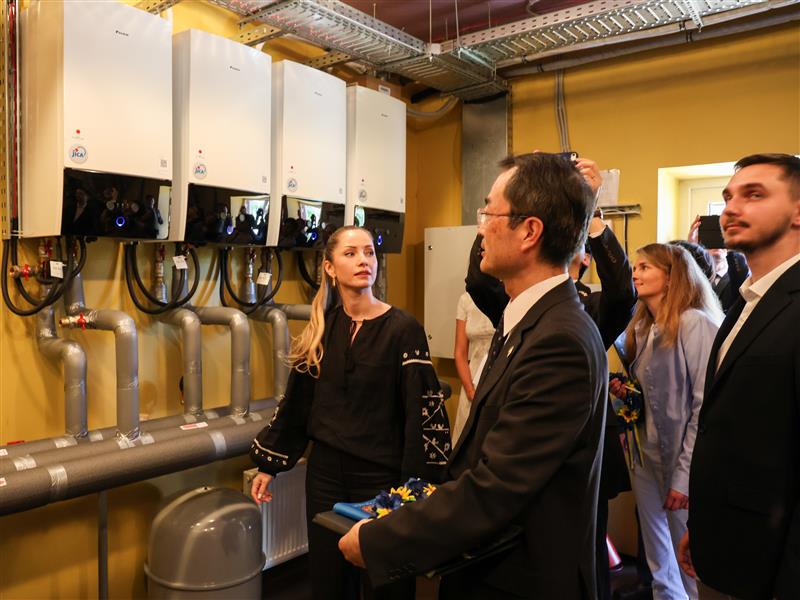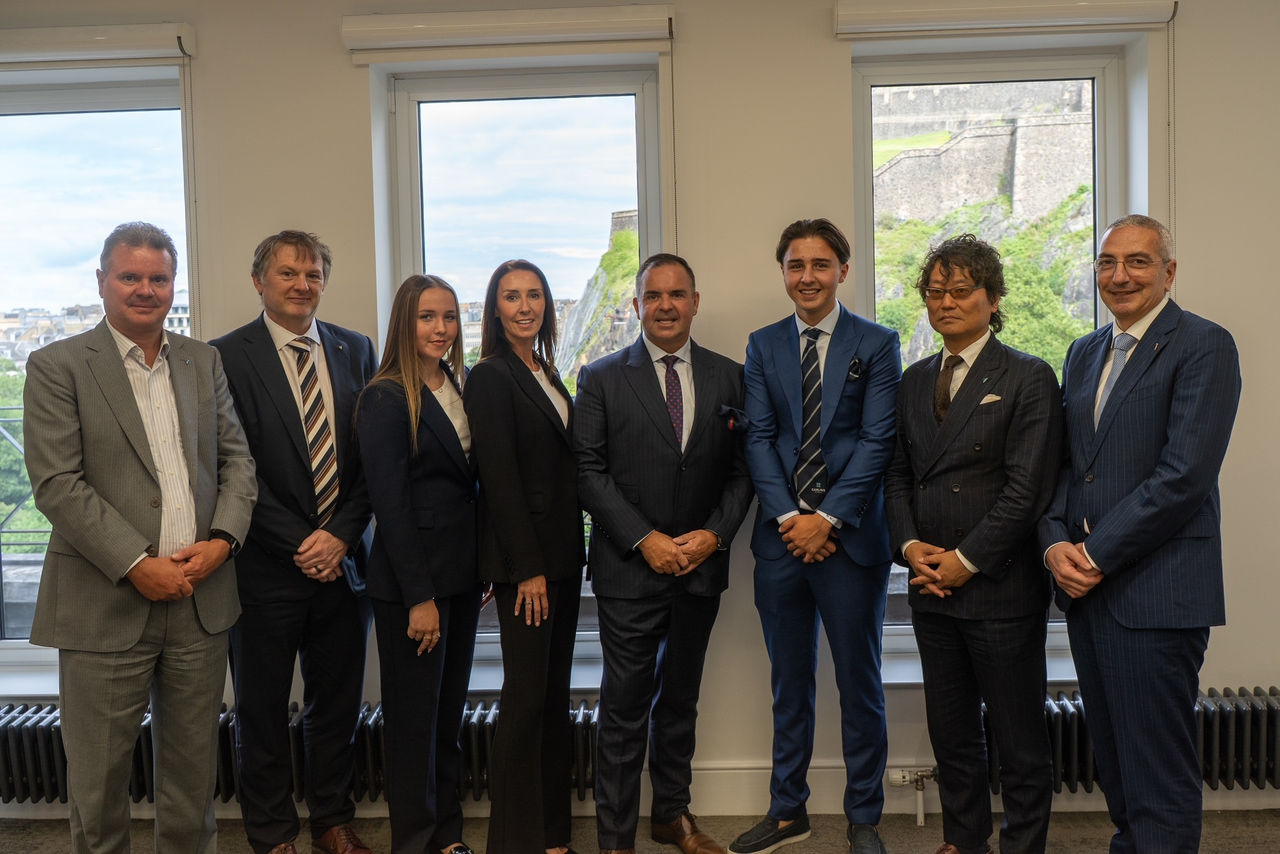
The market for energy-efficient, low-carbon heating, cooling and refrigeration systems will grow strongly over the next years and decades. Daikin Europe is strengthening and expanding its manufacturing capacity to meet that growing demand.

Each year, over 5 million units made by Daikin Europe find their way into homes, offices, retail spaces and many other applications that need heating, cooling, ventilation and refrigeration. In 2021 Daikin Europe invested over 100 million euros to boost its manufacturing capacity.
“We have been investing heavily in the development of heat pump technology over the years and have successfully introduced sustainable solutions for which demand keeps on growing,” says Hiromitsu Iwasaki, Vice-President Manufacturing Daikin Europe. “Last year, we resolutely delivered the first part of our manufacturing productivity programme, and recruited widely to grow our factories.”
At Daikin Europe, growing capacity entails more than adding production lines. “With each investment project, we always aim to optimise the benefits of having multiple plants in our region. We call this approach our Parallel Production concept. It enables individual factories to produce various models, and gives us the much needed flexibility to respond to specific market demand At the same time, we also expect to see major legislation changes such as the f-gas regulation and new carbon tax structures in the near future. To strengthen our competitive manufacturing landscape, we will definitely continue to establish flexible production systems.”
In 2021, we decided to introduce VRV production to our factory in Turkey. “The plant in Hendek is now also manufacturing VRV systems, mainly for the Turkish and Middle-Eastern markets, where demand for these energy-efficient commercial solutions is growing strongly. The factory has been equipped with the latest cutting-edge technology to optimise efficiency, quality control and sustainability.”

Gearing up to de-carbonise Europe’s building stock
In Europe, the European Commission’s Green Deal has put the continent on an ambitious path to carbon-neutrality. Legislation and incentives to realise the Green Deal objectives are expected to increase annual sales of residential heat pumps from 1 million in 2021 to over 4 million by 2030. And given the current acceleration in Europe to move away from fossil heating solutions, that is probably a conservative estimation. “As the leading company in the European market for heat pump heating, Daikin takes up the challenge to facilitate this societal shift,” Hiromitsu Iwasaki explains.
“We have been investing heavily in all our plants that are involved in the production of heat pumps. In Ostend, Belgium, we doubled the production capacity for air-to-water heat pumps. We’ve also decided to add yet another line in the same location, so by mid-2023 production for these units in Ostend will quadruple.
On top of that, Daikin Europe announced it will invest 300 million euros to build a brand new heat pump factory in Łódź, Poland, which will be Daikin’s first production base in the country. The new plant is expected to be fully
operational by mid-2024. “With this, our total investment in the EMEA region already amounts to over 1.2 billion euros by 2025. It is clear we are taking the lead in building the capacity that is needed to realise the energy transition, a project of great importance for our society and for future generations,” concludes Hiromitsu Iwasaki.

Sustainable cold chain
The European Green Deal also addresses priorities such as sustainable transport and food systems. The availability of sustainable cold chain solutions will be key to reduce the environmental footprint of our cold chains, while keeping its safety standards of today. Zanotti, AHT, Tewis and Hubbard are recent brands in the portfolio of the Daikin Group. They complete Daikin’s line up of commercial and transport refrigeration equipment, allowing us to deliver off-the-shelf and tailor-made solutions for the total cold chain. Last year Hubbard Products Ltd. expanded its capacity by moving to a 7.500 m2 location in the Futura park, with a new factory and a new research and development facility.


